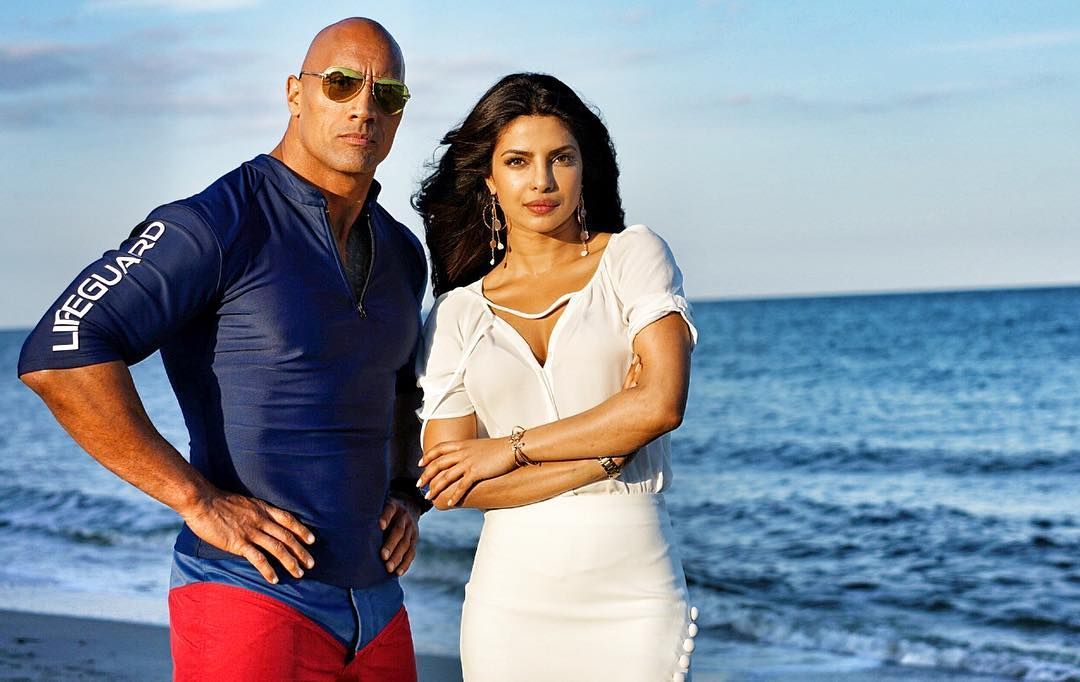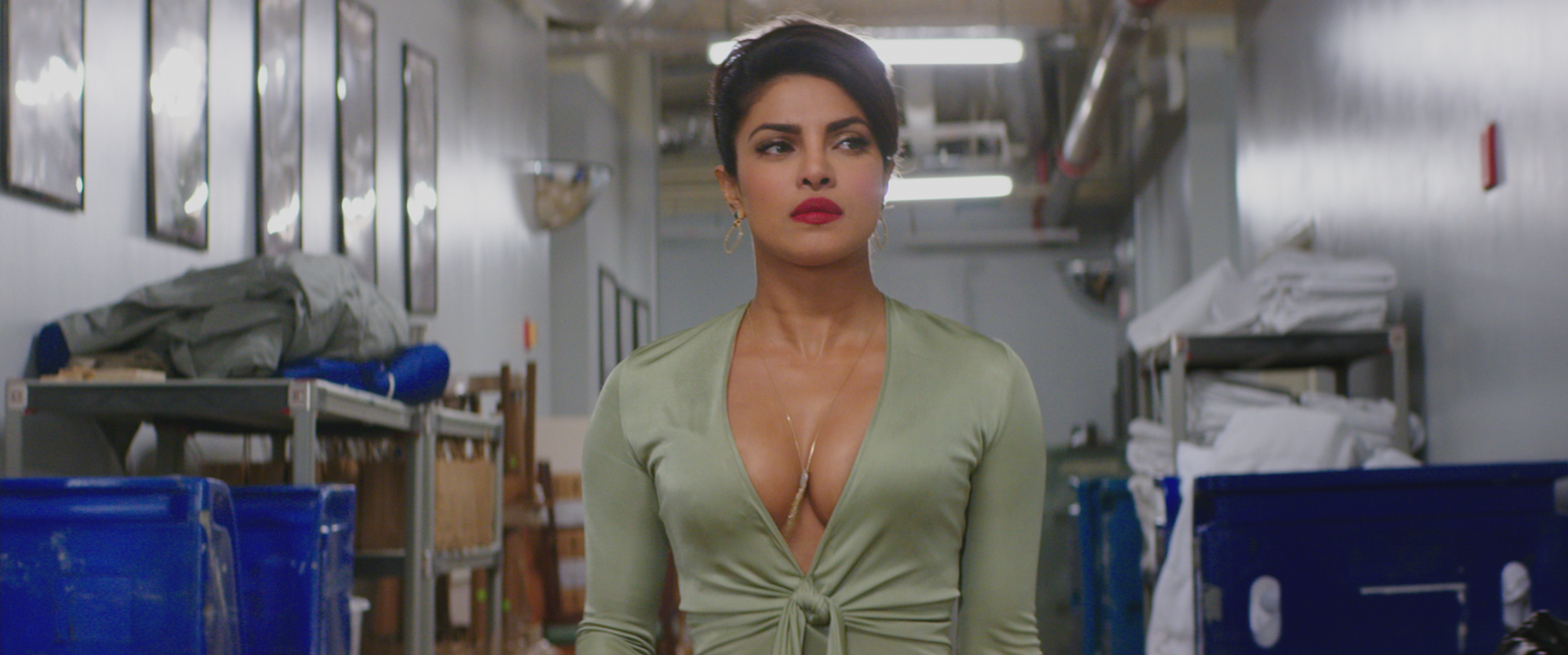The Fetishization Of Indian Women In Hollywood

Picture this: a high-octane chase scene, explosions rock the screen, and there she is – the action heroine, saving the day. But for actresses of color like Priyanka Chopra Jonas, this scene often comes with an unwelcome extra: a healthy dose of “sex appeal” that feels more like a casting call requirement than a character detail.
The Action Heroine in Two Shades: Unveiling the Discrepancy
Compare Chopra Jonas’ portrayal in “Baywatch” to Scarlett Johansson’s Black Widow. Both are formidable secret agents, but the visual storytelling is vastly different. Johansson’s Black Widow is a force to be reckoned with, clad in tactical gear that prioritizes functionality. Chopra Jonas’ role, on the other hand, leans heavily into the “bombshell in action” trope.
The Action Heroine in Saree and Stilettos
Compare Chopra Jonas’ portrayal in “Baywatch” to Scarlett Johansson’s Black Widow. Both are formidable agents, but the visual storytelling is vastly different. Johansson is a force to be reckoned with, clad in functional tactical gear. Chopra Jonas, on the other hand, embodies the “bombshell in action” trope, often in revealing outfits that overshadow her character’s skills.

Priyanka Chopra in Baywatch
Source: Frank Masi – © 2017 – Paramount Pictures
Cultural Appropriation or Objectification? A Blurred Line
Indian actresses in Hollywood navigate a tricky path. Embrace the “sexy agent” and risk being seen as one-dimensional. Resist it, and face the possibility of being typecast in less action-oriented roles.
“There’s this expectation of being exotic,” said Halle Berry in a 2017 interview, a sentiment echoed by many Indian actresses. This “exotic” quality translates to hyper-sexualized portrayals that feel more like cultural appropriation than genuine character development.
Beyond the Sequined Saree: Demanding Stories with Substance
Thankfully, things are changing. Actresses like Mindy Kaling are rewriting the narrative, demanding roles with humor, depth, and action – without the constant focus on physical appearance.
“We don’t need to wear revealing clothes to be badass,” said Chopra Jonas herself in a recent interview. “We can be just as powerful in a saree.”
Breaking the Mold: Indian Heroines Take Center Stage
There are glimmers of hope. Freida Pinto’s portrayal of Latha in “Slumdog Millionaire” defied expectations. Here was a complex Indian woman navigating poverty and opportunity, whose strength came from her resilience, not her wardrobe. Similarly, Aishwarya Rai Bachchan’s enigmatic role in “Bride & Prejudice” showcased the captivating beauty of Indian culture without resorting to tired stereotypes.
The Future of Action Heroines: When Skills Speak Louder Than Sarees
Hollywood needs to listen. Audiences crave strong female characters, regardless of ethnicity. We celebrate Charlize Theron’s raw power in “Mad Max: Fury Road.” Can’t we do the same for Indian actresses like Chopra Jonas, focusing on their talent and on-screen prowess?
The future of action heroines needs to be about skills, not just saris. Let’s move past the tired trope of the hyper-sexualized Indian woman and celebrate the full spectrum of what it means to be a powerful, capable woman on screen. It’s time for Hollywood to rewrite the script and give these talented actresses the roles they deserve.

